Virtualstock boss Ed Bradley urges US retailers to invest heavily in retail technology during challenging times
Ed Bradley, CEO and founder at drop shipping platform, Virtualstock, is calling on US retailers to crack open the war chest and invest big in tech by the end of Q2 to avoid a slump in sales throughout the year.
Bradley, whose company counts multinational retailers like Aldi and B&Q as clients, and processed over $1.7 billion in sales in 2023, made his comments in the wake of the US Department of Commerce’s Monthly Retail Report.
The value of retail purchases fell 0.8% in January, the biggest drop in ten months. Whilst consumer belt tightening is expected after the holiday season, these figures have sent some US executives and commentators twitching.
Bradley, pictured above, says: “The January figures are by no means a death knell. Spending drops are expected at the beginning of the year as consumers pull back after an indulgent holiday season.”
“Recent cold weather has likely also contributed to a drop in footfall. But executives shouldn’t be nonchalant about this – these figures are worse than expected.”
“The figures reflect continued trends which US retailers can’t prevent, but which they can prepare for. It’s clear now that prices are at their ceiling. If retailers increase prices further to make up for the January slump, they’ll take a hit on volume as consumers seek value and trade down.”
The Fed has maintained high interest rates in the face of persistent inflation and this has squeezed the American consumer. Added to this, many Americans are finding it more difficult to access credit amid an uptick in credit card delinquencies throughout 2023.
Bradley says: “The question facing most American retail executives right now is, how to grow? If pushing up prices is a non-starter, conventional wisdom dictates that you should drive revenue through expanding your customer base.”
“The problem with this is that retail is a crowded market and competition for these consumers is fierce. Marketing campaigns can be deeply costly, and executives might not have the nerve for them given January’s figures and the lack of guaranteed returns.”
“There is another way though, and I believe that emerging tech will be vital to growth. There are plenty of options available to executives here, but three of the most significant ones are augmented reality, AI and smart devices.”
“These have the capacity to pry open new possibilities for American retailers through offering increasingly personalised experiences for the consumer and maximising spend-per-visit.”
AR technologies allow customers to virtually sample products before making purchases. This reduces the likelihood of costly returns for retailers, and can also drive engagement with a new ‘virtual’ store. AI powered customer behaviour analysis offers bespoke recommendations for consumers.
Smart devices, like fridges, can track home inventory in real-time and facilitate re-ordering, increasing convenience for the consumer and driving repeat orders for the retailer.
A recent PwC reports details how the section of US consumers who embrace emerging retail tech are a highly lucrative demographic.
They are high earning big spenders and as well as being brand-loyal – 38% of these customers told PwC that brand is a ‘very important factor’ in driving their purchasing decisions (compared to 18% of consumers who don’t use tech-assisted shopping).
Bradley adds: “The ability to walk around and browse a virtual store through AR is a game changer. We know that customers like the experience of being in a store and seeing their potential purchases, which also reduces returns. But inner-city footfall is threatened by work-from-home trends.”
“AR gives retailers the possibility to give customers the physicality that they want in retail, without making them shoulder the costs of traveling in.”
“Added to this, AI can give retailers intimate knowledge of their customers, through analysing their behaviour, preferences and purchase history. They can use this to drive personalisation, offering bespoke experiences for the consumer. This makes a retailer’s offering more relevant and efficient for the customer, and maximises their spend-per-visit for the retailer.”
“The proliferation of smart devices, like internet enabled fridges, is also opening doors for US retailers. A smart fridge can monitor its inventory in real-time and send automatic orders when home stock is low.”
“This makes grocery shopping as convenient as possible for the customer, but also drives revenue for the retailer with seamless re-ordering.”
“The American consumer is ready for tech-enabled shopping, but US retailers have largely failed to tap into this potentially rich seam. The first retailers to elbow their way into this space will reap the rewards. They’ll be able to drive growth without increasing prices or getting into costly battles over consumer loyalty with other retailers.
“Deploying this tech will need some investment, so navigating these waters in the context of high interest rates will require a steady hand from executives. But, as US retail prices have hit their ceiling, the ability to continue increasing revenue without pushing consumers away shouldn't be a hard sell to board members.”












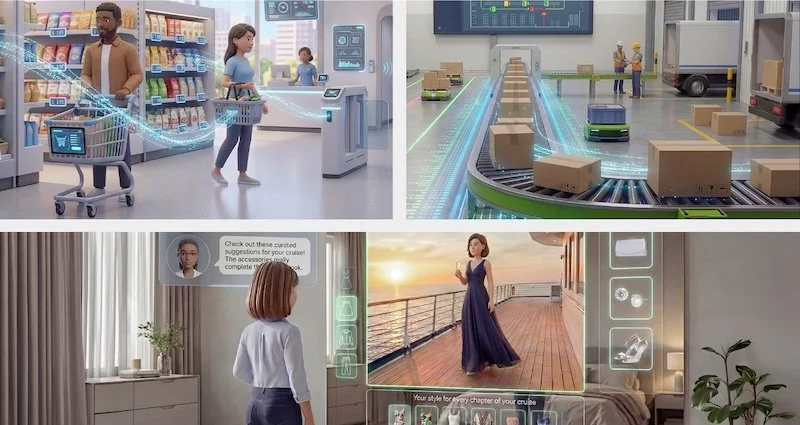



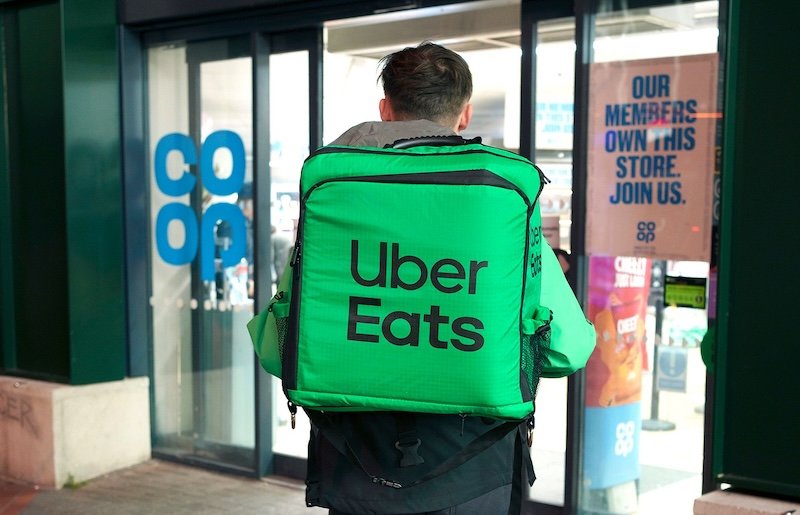







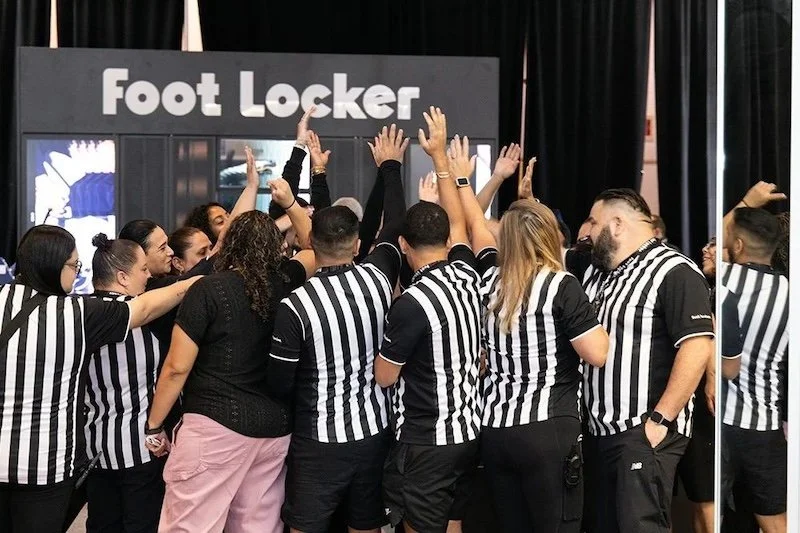

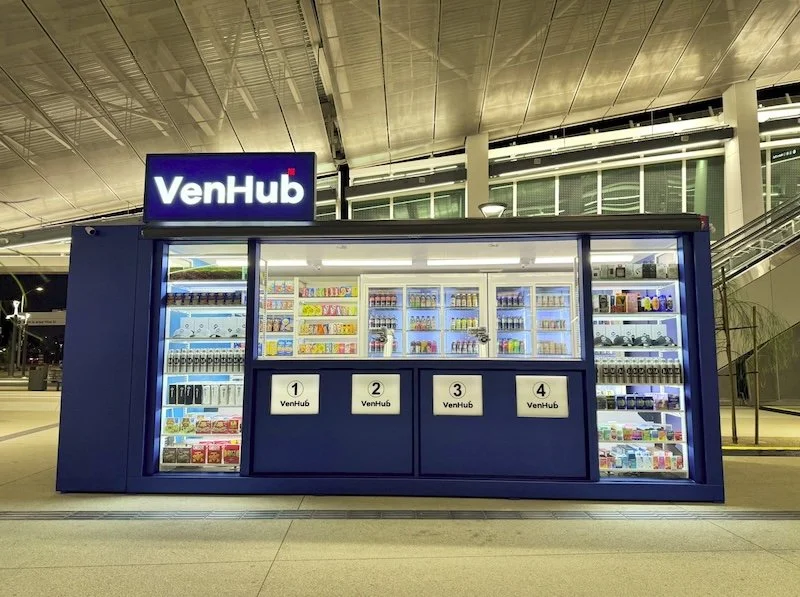
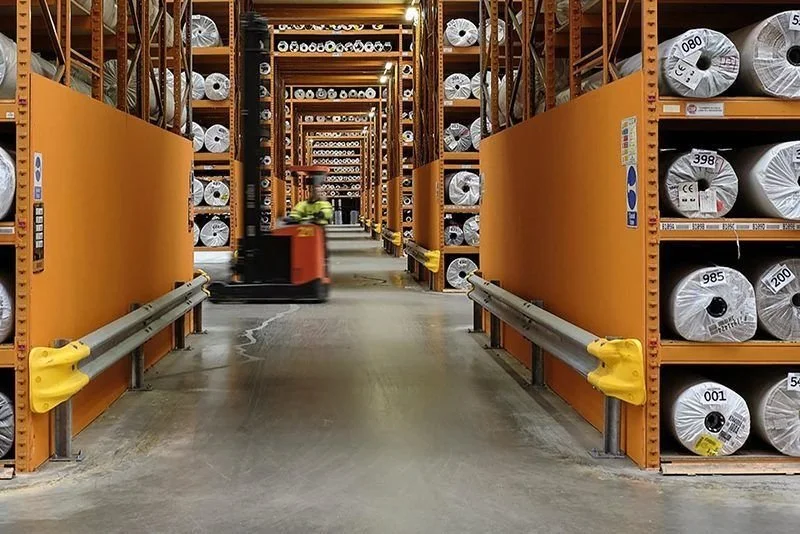



Continue reading…